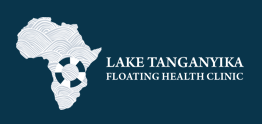Facts and Figures
| Overview |
Longest and second largest lake in the world by volume, bordered by four countries: Democratic Republic of the Congo, Tanzania, Burundi and Zambia |
| Origins |
Lake was formed 9-12 million years ago near center of Great Rift Valley |
| Volume |
19,000 km3, almost one fifth of the world’s available fresh water |
| Shoreline |
1,900 km; home to 3.5m people |
| Population |
Wider Lake Tanganyika Basin supports 12-13m people |
| Ecology |
Major source of the mighty Congo River and helps sustain the world’s “second lung”- the Congo Basin forest |
| Biodiversity |
One of the last genuinely untouched biodiversity hotspots with 600 unique aquatic species and around 1500 varieties of flora and fauna. Half of Lake Tanganyika’s species are found nowhere else on earth |
| Resources |
Western shore abounds in industrial minerals, with massive oil and gas reserves under the lake |
| Infrastructure |
Limited cell phone coverage, hazardous or non-existent roadways, no nearby railroads. Isolated airstrips. Boats across Lake Tanganyika provide safest and easiest way of moving across region |
X
Sign up now to receive news and updates from
Lake Tanganyika Floating Health Clinic.



